Chinese scientists have been working to explore technological possibilities to reduce greenhouse gases as the country presses ahead to peak its carbon dioxide emissions before 2030 and achieve carbon neutrality before 2060.
In some recent moves, researchers have designed the flow battery for better energy storage, proposed a new eco-friendly cooling strategy and tried to utilize microalgae to capture the carbon.
POWER RESERVOIR
In the future, more clean energy can be efficiently stored through advanced energy storage technology, with the power grid transmitting the electricity generated from those energy sources to meet the daily electricity needs of the households.
A team from the Dalian Institute of Chemical Physics (DICP) under the Chinese Academy of Sciences (CAS) has developed the vanadium flow battery energy storage technology, which the researchers say is safe, reliable, enduring, recyclable and eco-friendly.
In September, a power storage utility based on the technology has been built in the northeastern Chinese city of Dalian in Liaoning Province, with the capacity to meet the electricity demand of some 200,000 people for one day.
The station works like a reservoir of power. At electricity troughs, the batteries will be charged through renewable energy sources, and during peak-load hours, the chemical energy in them can transform into electricity for use.
"Given the volatile and intermittent generation of clean energy including wind and solar power, this project can increase clean energy utilization and ensure grid stability," said Li Xianfeng, deputy director of the DICP.
GREEN COOLING
A group of Chinese researchers from the Institute of Solid State Physics under the CAS has proposed an alternative cooling technology with clean and eco-friendly refrigerants.
The global demand for cooling will continue to increase because of population increase, urbanization and improvement in quality of life. However, the vast majority of cooling equipment is based on compression cycles of powerful greenhouse gases like hydrofluorocarbons, which have global warming potentials far greater than carbon dioxide.
The researchers have found that the main component of paraffin, which is widely used for the storage of solar thermal energy in buildings, heat pumps and spacecraft, exhibits extremely huge thermal responses to pressure near room temperature.
Such a property makes the chemical a promising refrigerant for a more eco-friendly cooling driven by liquid-solid state transition.
"The carbon emissions of the refrigeration industry account for a large proportion of the total emissions in the world," said Lin Jianchao, the first author of a paper describing the new strategy published in February in the journal Nature Communications.
"The new green refrigeration technology of liquid-solid state transition may enable refrigeration to achieve zero carbon emissions in the near future," Lin added.
POWER OF ALGAE
Chinese scientists have drawn inspiration from seawater and freshwater microalgae that can translate carbon into precursors for biodiesel.
Nannochloropsis, a ubiquitous unicellular microalgae found in water throughout the world, is used to boost the efficiency of carbon dioxide utilization by converting it into biomass and oil for diverse purposes.
In a paper published in March in the journal Nature Communications, these researchers from the Qingdao Institute of Bioenergy and Bioprocess Technology (QIBEBT) under the CAS demonstrated a strategy to genetically engineer a blue-light-sensing transcription factor of microalgae to double its peak oil production.
"As research and application progress, marine Nannochloropsis will be transformed into 'mini-plants' for carbon sequestration and emission reduction in the future," said Xu Jian, a researcher with QIBEBT and the corresponding author of the paper.
"It will not only contribute to carbon neutrality but also provide a new way of solving energy problems," Xu added.








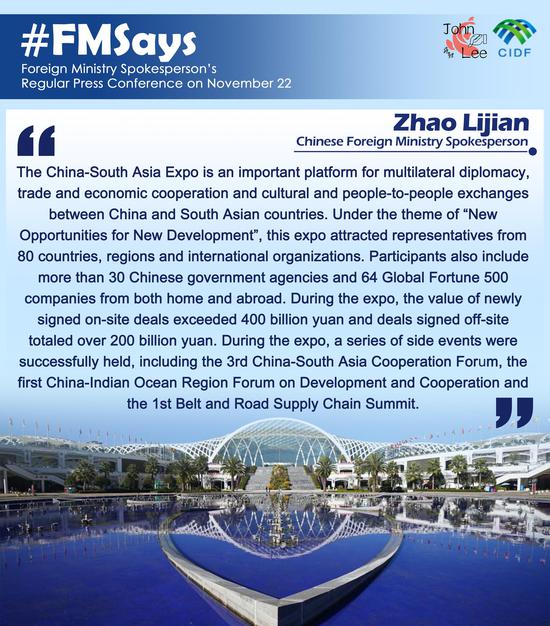
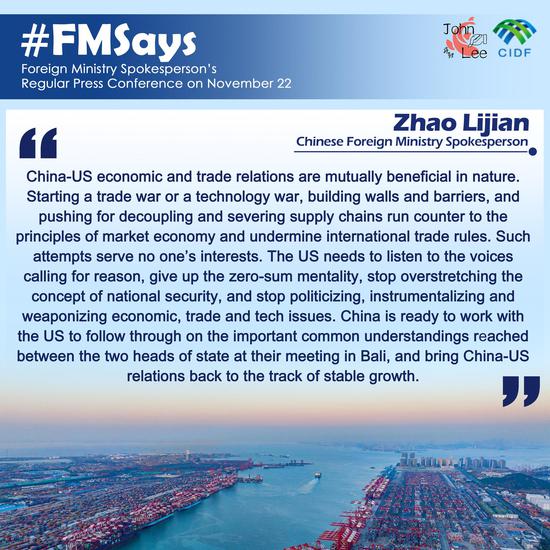
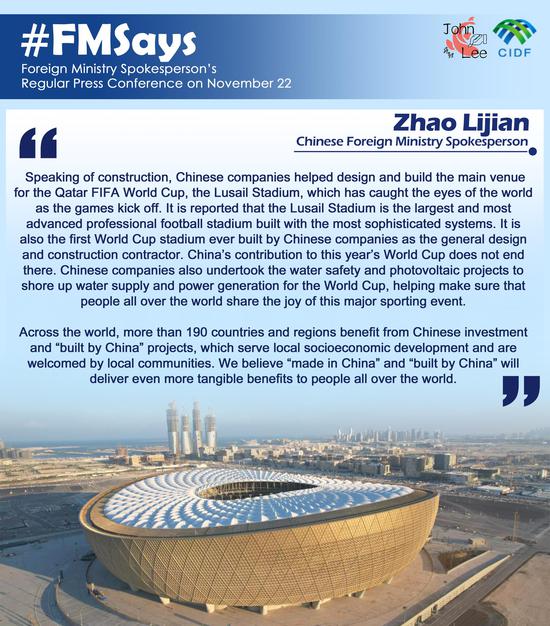


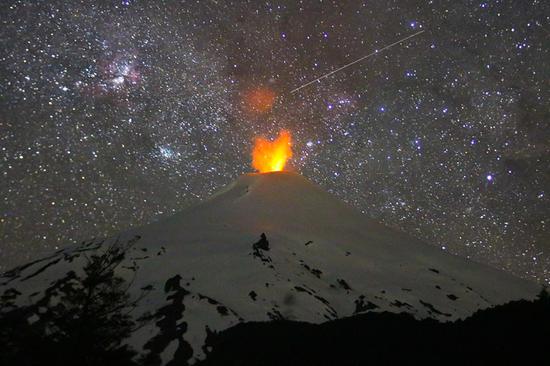
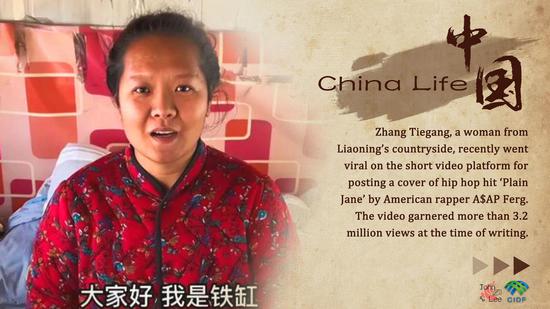


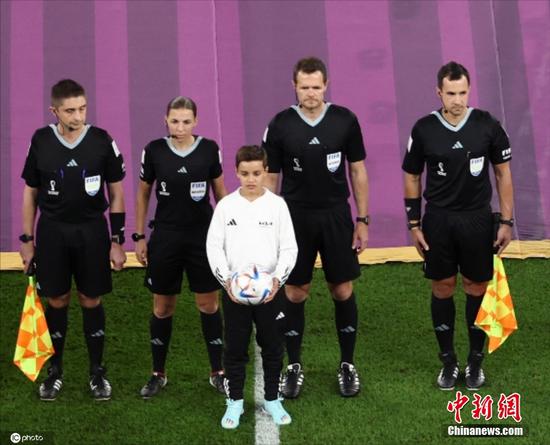




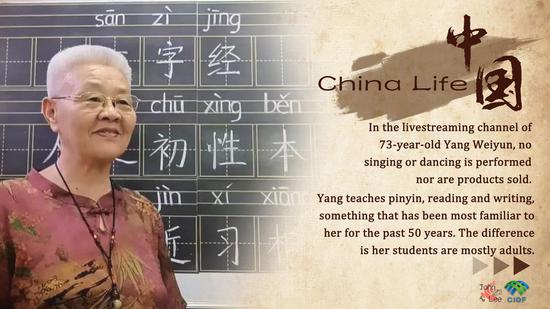




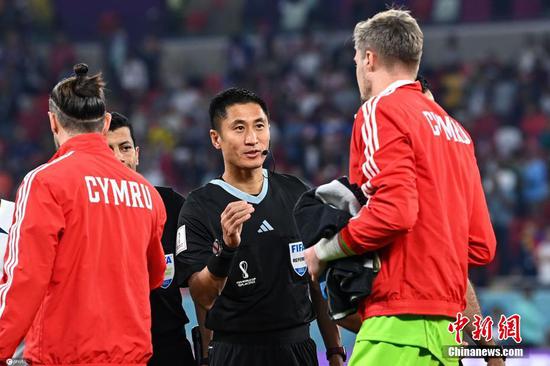
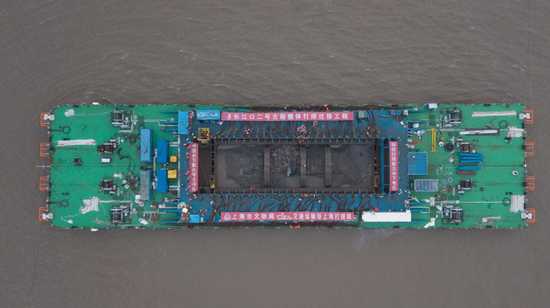
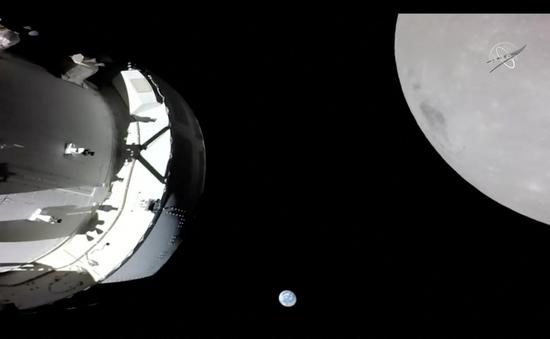
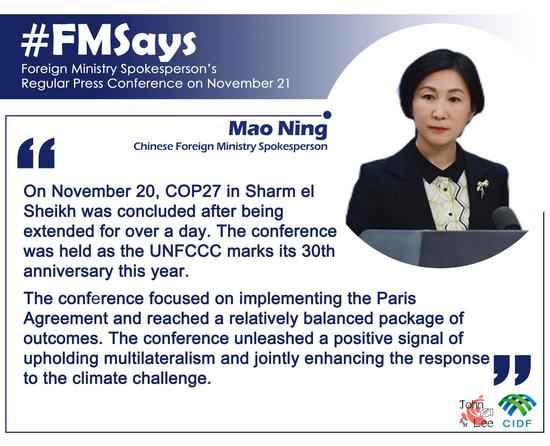


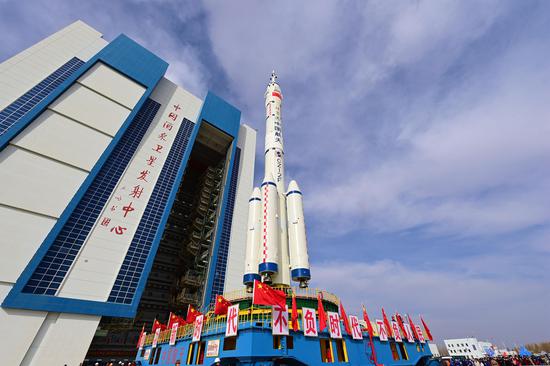



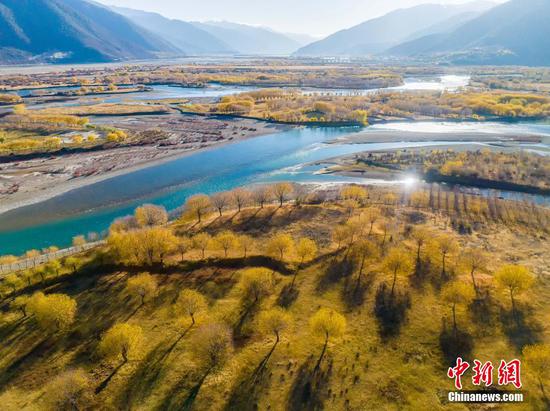

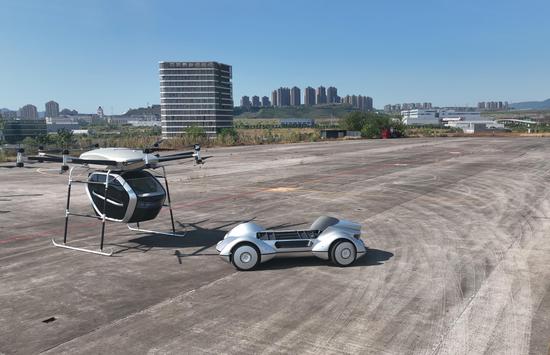
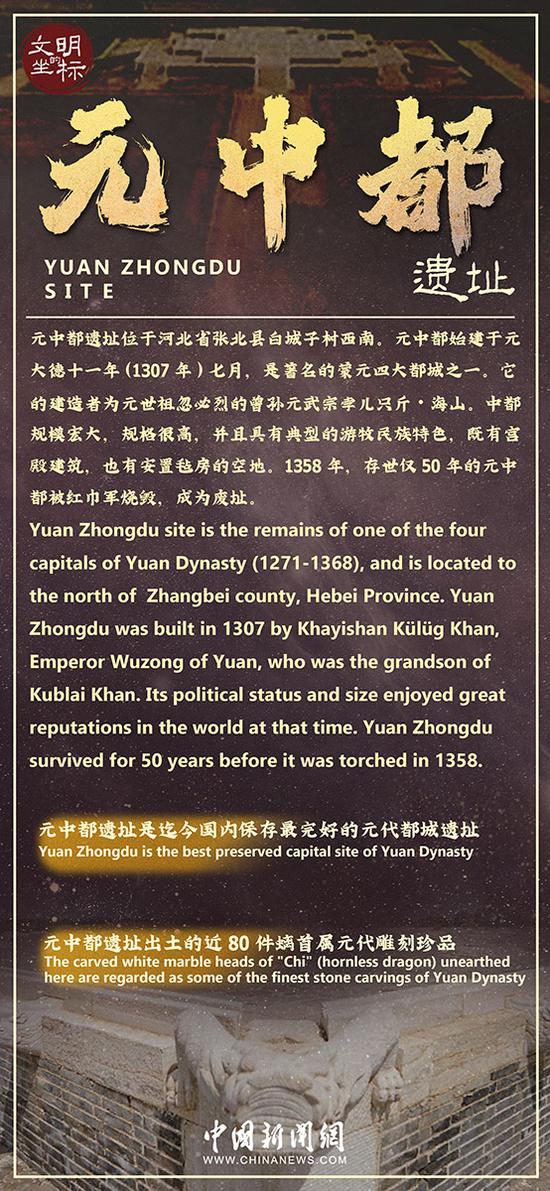
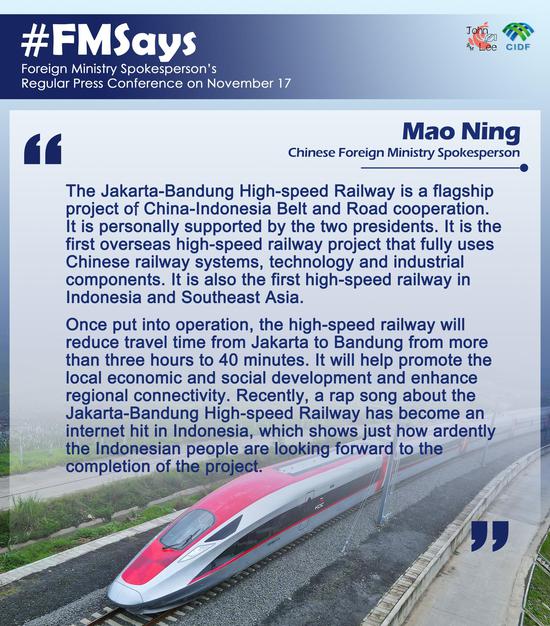
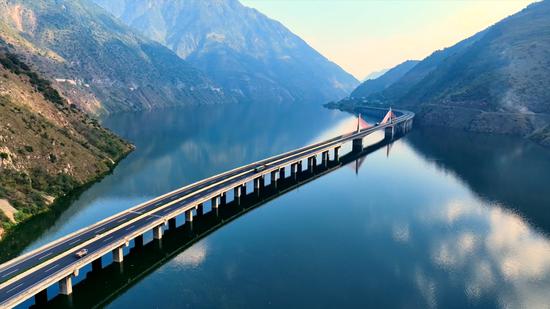



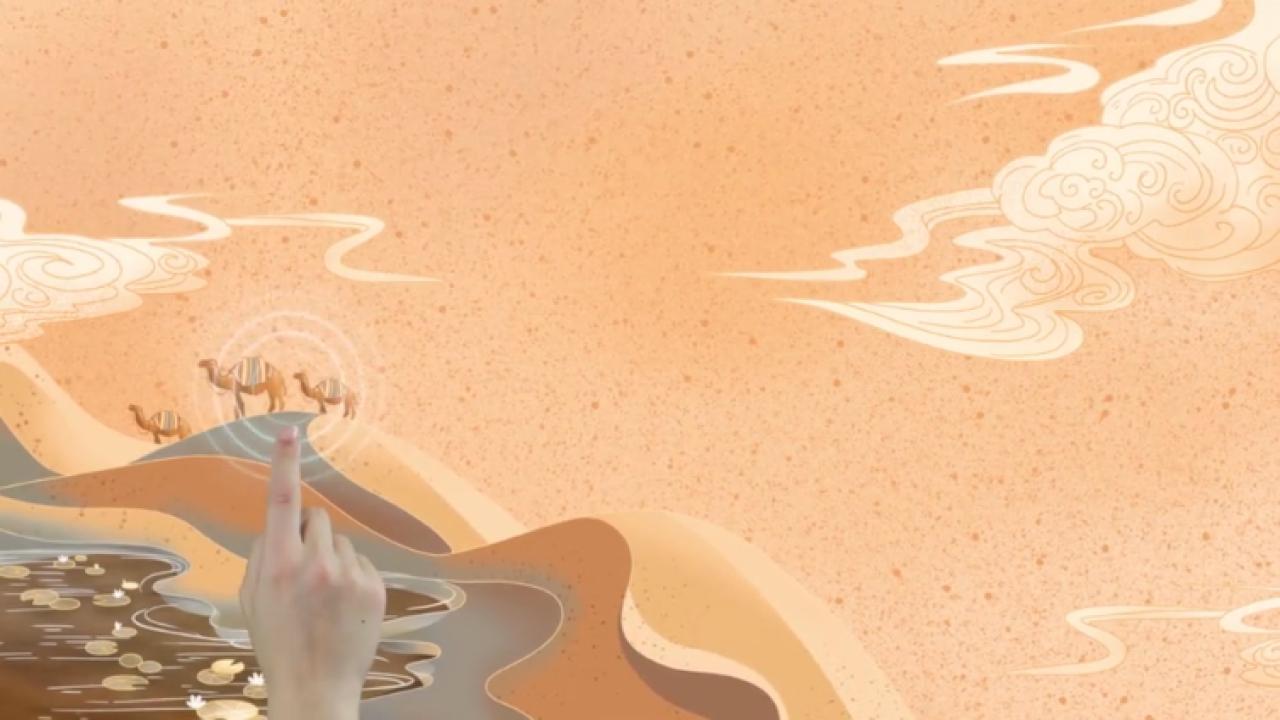



 京公网安备 11010202009201号
京公网安备 11010202009201号